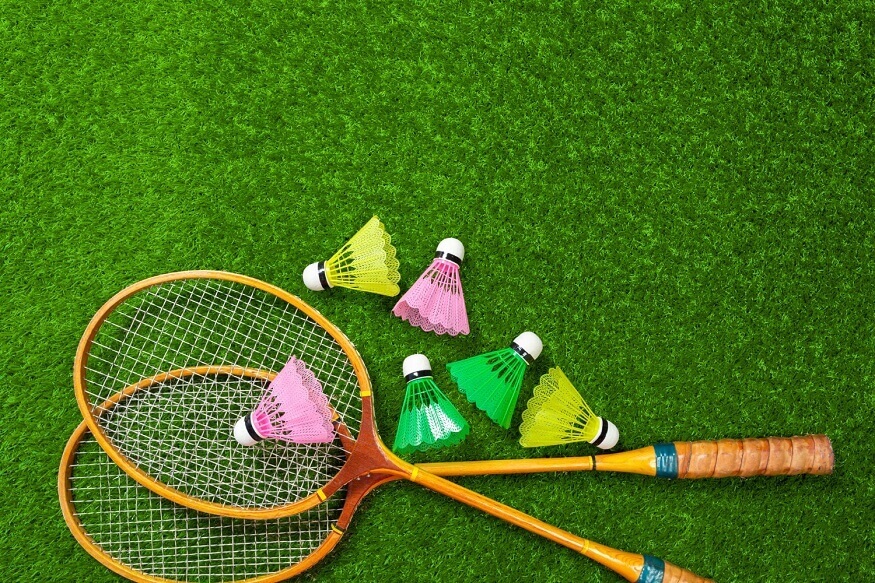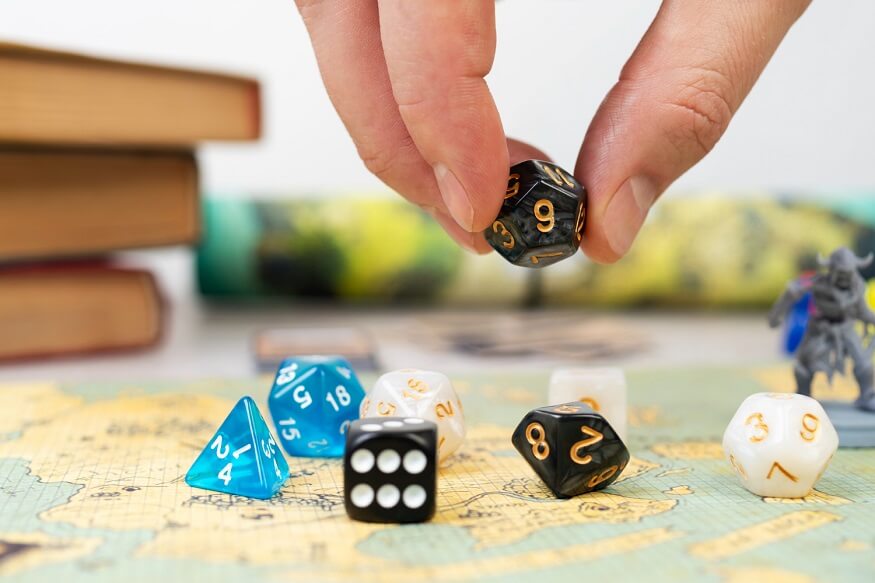Badminton is one the most popular sports, not only in India, but the world over. India specifically has seen an immense increase in the popularity of badminton once players such as Saina Nehwal and PV Sindhu gained prominence. Badminton is a well-rounded sport which requires a mix of physical toughness, agility and flexibility along with strategic thinking. Go to any locality and you would find children and adults of all ages playing badminton, on well-furnished courts and even on the streets. Badminton is a sport which does not require much arrangement and can be played with just two people, with a racket each and a shuttle. While it is best enjoyed indoors, people can still enjoy a quick game of badminton outdoors, if it is not too windy.
This blog presents certain rules and scoring methodologies followed in badminton which might be helpful for anyone willing to start playing badminton.
Formats
Badminton is usually played in five formats:
– Men’s Singles: Two male players compete against each other.
– Women’s Singles: Two female players compete against each other.
– Men’s Doubles: Two teams of two male players each compete against each other.
– Women’s Doubles: Two teams of two female players each compete against each other.
– Mixed Doubles: Two teams of one male and one female player each, compete against each other.
While these are the formally accepted formats in standard tournaments, there are no such limitations in informal settings. For example, any combination of male and female players can practically compete against each other in a single or doubles format of the game.
Also Read: How To Organise an Inter-School Sports Competition?
Equipment Needed
Players need to have the following equipment to enjoy a game of badminton:
– Badminton Racket
– Shuttlecock or birdie. A cone-shaped object made up of real or synthetic feathers attached to a wooden or rubber cork base. The shuttlecock is typically made up of 16 feathers and is 65-70 mm long and weighs between 4.5 to 5.5 grams. The tip of the feathers makes a circle with a diameter of around 60 mm. The cork base is semi-spherical in shape with a diameter of around 25 mm.
– Non-marking shoes (if playing on synthetic courts)
Badminton Court Types
Most housing societies and reputed schools have badminton court facilities for anyone interested in pursuing the sport. Badminton courts could be of the following types:
- Synthetic Badminton Court
- Wooden Badminton Court
- Cement Badminton Court
- Rubber Mat Flooring
- Outdoor Badminton Courts
A standard badminton court is 44 feet in length and 20 feet in breadth. For a singles game, the breadth of the court in play is 17 feet. The breadth in play increases to 20 feet for a doubles game. The net is 5 feet high in the middle and 5 feet one inch at the ends. The court is divided into four service courts. Each service court is 13 feet long and 8.5 feet wide. The service line is 6.5 feet from the net.
A badminton court has the following parts:
– The net line: divides the court into two halves of 22 feet x 20 feet each.
– The Short Service Line: etched at a 6.5 feet distance from the net line on each side of the court. Any service falling within this area is deemed as a short service resulting in the server losing points.
– Centre line: A line perpendicular to the short service line till the back boundary line, dividing the two sides of the courts into two halves – creating the left and right courts.
– Sideline. The sideline and baseline are the outer boundaries of the court. The outer boundary is used for doubles play while the inner boundary 1.5 feet inside is used for singles play.
– Back boundary line. Located 22 feet from the net line. Same for both singles and doubles.
– Long service line for doubles. Located 2.5 feet from the back boundary line and is used for service in doubles.
Also Read: 10 Fitness Activities for Students
Scoring System
The game starts with one player serving to their opponent across the court. The server must hit the shuttlecock below waist height into the diagonally opposite court. The player serving must serve from behind this line and the serve should fall beyond the service line in the opposite court. If the server falls short of the service line, the server loses a point and the server changes to the opposite side. Both players must remain stationary while the serve is being made. The server starts from the right side of the court and serves from the right court whenever they have even points. All odd points are served from the left half of the court. In the case of doubles, the server starts from the right side of the court and keeps serving as long as they win points alternating sides with their partner. On losing the point, the serve passes to the opposite side to the partner who was not serving last.
The point is scored when either one of the sides hits the shuttlecock outside the opposite court or is not able to hit the shuttle back across the net into the opposite court. The side that wins the point gets the serve. A point is also conceded if a side hits the shuttlecock twice with their rackets. Touching the net with your racket or your body also results in you conceding the point.
If the server wins the rally, they gain a point and continue serving. If the receiver wins the rally, they gain a point and get the serve. A typical match is of 21 points and the player who reaches 21 points first wins the match. If the score is 20-20, one of the sides needs to win two consecutive points to win the game. If the game reaches 29-29, the side to win the 30th game first wins.
An hour or so of badminton can be an extremely powerful physical exercise and stress buster. It helps in increasing mental and physical flexibility and agility. It is a fun game for children to try.
Also Read: Badminton Vs Tennis









